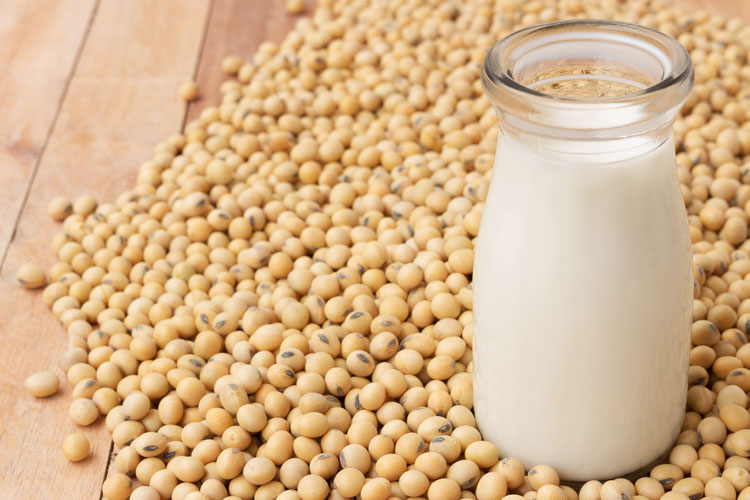
It’s not that the rates of lactose intolerance have skyrocketed in the last decade, causing thousands of people to flock to nut beverages. Rather, it’s the perception of lactose intolerance along with other factors that have pulled people away from traditional milk beverages.
“Perception of lactose intolerance is what changes behavior,” shared Purdue University’s Dennis Savaiano at the recent Cornell Nutrition Conference.
In his extensive research on lactose intolerance and human perception, Savaiano has found that some people who believe they have lactose intolerance are not even maldigesters. Even among those who are maldigesters of lactose, those who cannot easily digest lactose, some can train themselves to consume small portions, particularly with meals.
One study Savaiano completed showed that the trait most associated with low bone density was the perception that the study participant was lactose intolerant. This is important because those who have this belief are more likely to consume lower than recommended amounts of calcium.
“Calcium intake and, therefore, bone density depend on perception of lactose intolerance, not reality,” said Savaiano.
With the growing availability of alternative beverages, soy and other options are becoming go-to drinks for individuals who hold this belief. Chief among the issues that this creates is the relatively large variability in nutrients available in the drinks.
In a study that looked into why consumers chose milk versus plant-based beverages, researchers found that those selecting plant-based options cited words like healthy, natural, GMO-free, and equal protein or calcium to milk.
With these hurdles to overcome, it doesn’t matter if milk is healthier, it matters how the consumer perceives it.








